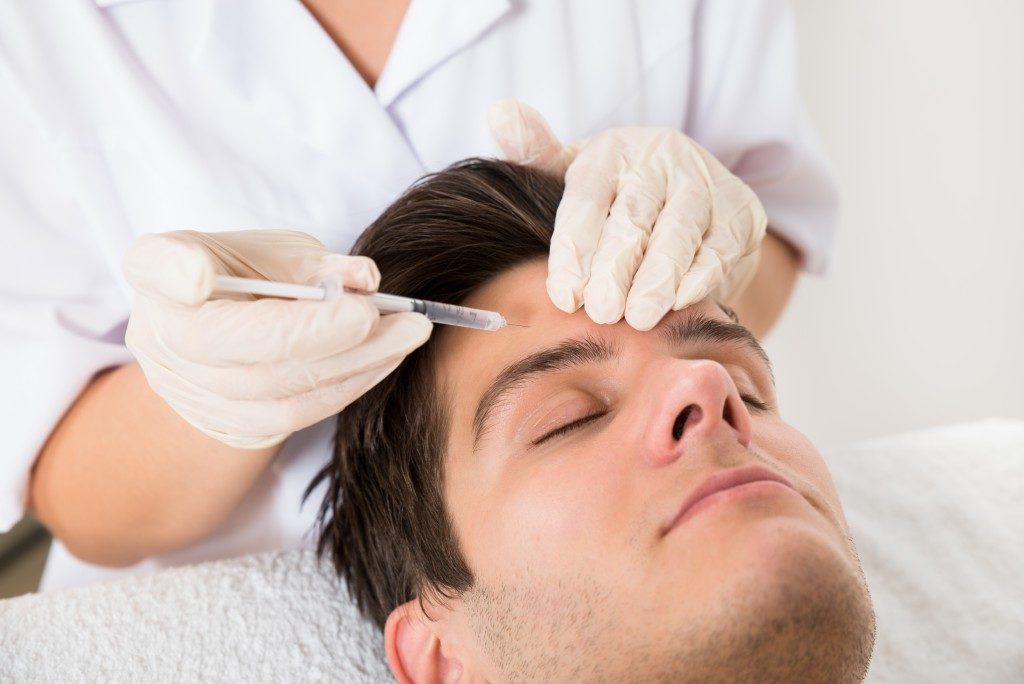Dentists are used to operating in safe and sterile surroundings ensuring that patients’ exposure to infection is limited. Dentists, as part of their training, have to understand the workings of muscles, bones and the nervous system throughout the body. In dentistry particular attention is paid to the head, neck, jaw, salivary glands and the tongue. This makes them well placed to administer dermal fillers W1 which combine to deliver a cosmetic procedure designed to produce a more youthful look, by introducing sterile hyaluronic acid gels that cause plumping up of facial lines and wrinkles. Lips can be enhanced using the same procedure and the results last from six to twelve months.
A regular treatment
Dermal fillers using hyaluronic acid last anywhere between six to twelve months before the particles are naturally absorbed into the body. Apart from reducing facial lines and enhancing lips this treatment can be used to improve the symmetry of facial features and remove unsightly chin creases.
What is the process?

The patient must always be assessed beforehand to determine their suitability for this type of treatment. A thorough medical history is required and the area to be treated must be carefully examined. Patient expectations must be thoughtfully and comprehensively discussed to ensure that these can be met by the treatment. It is possible that a patient may have unrealistic expectations and this must be addressed beforehand. The practitioner will take photographs of the relevant areas and identify those sites that will be injected. Usually a marker pen is used on the skin to identify the location of the injections. Hyaluronic fillers are non-animal in origin and will therefore not require allergy testing beforehand.
Treatment
Patients will be required to remove all makeup from their face by washing with a mild soap before treatment can begin. The patient will need to remain sitting upright in the chair provided for the procedure and the area for treatment will be prepared according to very strict aseptic requirements. An anaesthetic is administered to the area to be treated to reduce possible discomfort. The type of anaesthetic used will depend on the patient’s pain threshold and could be administered thirty to sixty minutes beforehand. It is important that the injections are at the correct depth into the skin. The duration of the procedure depends on the area or areas to be treated.
After the treatment
Once the treatment has been completed the area will be thoroughly cleaned and all markings removed using an antiseptic solution. Advice will be given to avoid strenuous exercise for up to forty-eight hours after treatment. It is also necessary to avoid direct exposure to UV rays for at least twenty-four hours. If discomfort is experienced a soothing antiseptic cream will be recommended and to relieve any pressure on the facial area it is best to try to sleep on the back. Avoid touching the treated areas for at least twelve hours as it is possible to transfer bacteria and refrain from using make-up for at least twenty-four hours. The effects of this non-surgical procedure are almost immediately visible.









